- Spacious cabin
- Cheap to buy
- Cheap servicing
- No auto braking
- Needs more storage solutions
- Clearly built to a price
In an age where formerly basic cars such as the Toyota Yaris are priced comfortably over $20,000, it’s nice to know that companies such as Suzuki still offer basic A-to-B transport. Priced from $16,990 drive away, the 2020 Suzuki Baleno GL is just one of three small hatchbacks available under $20k from Suzuki in Australia and its key values are obvious right from the get-go: space and value for money. So does the 2020 Suzuki Baleno GL have what it takes to earn your sub-$20k cash? Let’s find out.
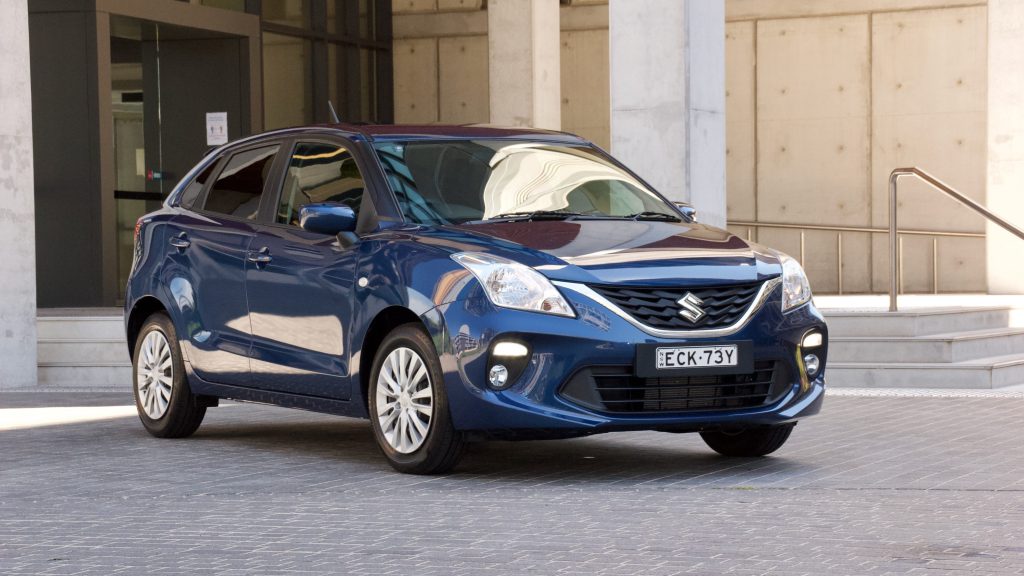
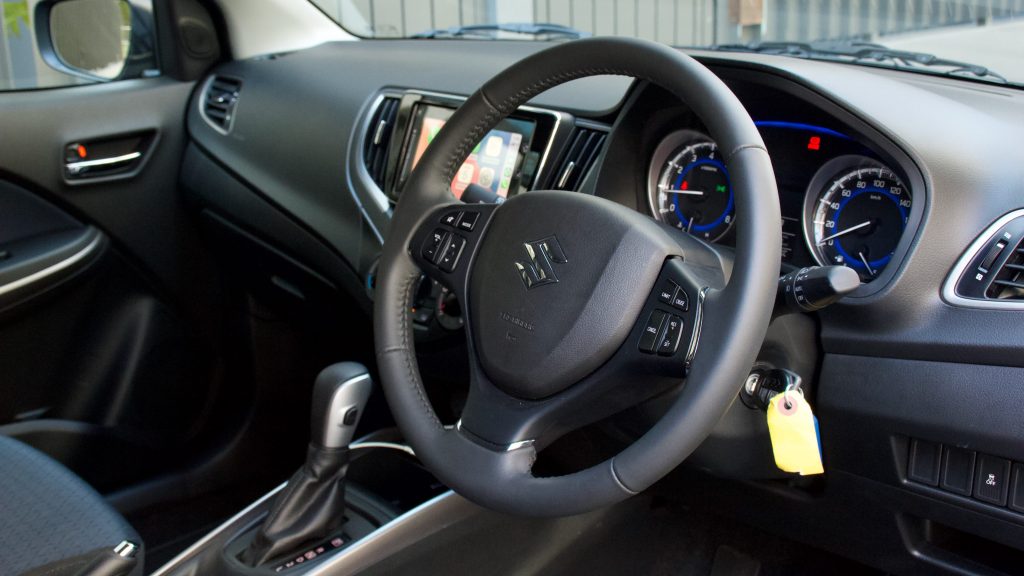
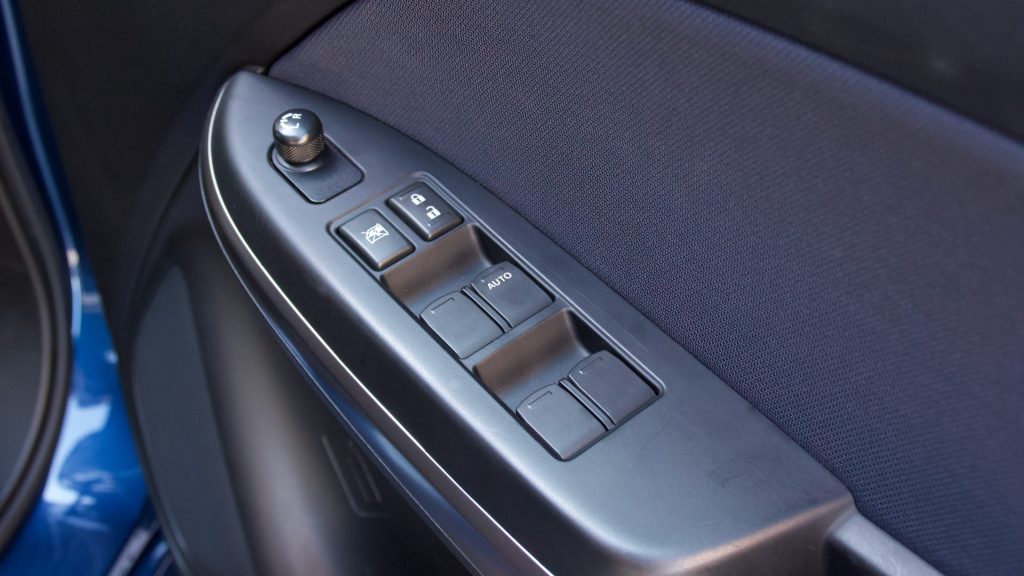
It may look oddly proportioned, but the 2020 Suzuki Baleno is like the Honda Jazz – it’s not huge on the outside but aims to give plenty of space on the inside. Unlike the smaller Swift, the Baleno is made in India for the world and its sub-four metre length earns it a cheaper price in its home market and oddly enough, Toyota sells it in India as the Glanza and Africa as the Starlet (remember that name?). It’s been on sale in Australia for around four years and received its mid-life update in 2019.
Price & Specs: 7/10
In Australia, the 2020 Suzuki Baleno is available in two specs: the $16,990 drive away (manual – the auto is $17,990) GL we tested and the GLX on top of it.
Yet even at the entry point of the market, the GL is reasonably well equipped with 15-inch steel wheels, a leather steering wheel, cruise control, a 7.0-inch touchscreen with Apple CarPlay and Android Auto, inbuilt satellite navigation, a six-speaker sound system, automatic headlights with LED daytime running lights, front fog lights, electric windows and mirrors, rear privacy glass, a front USB port and a rear 12V socket for charging.
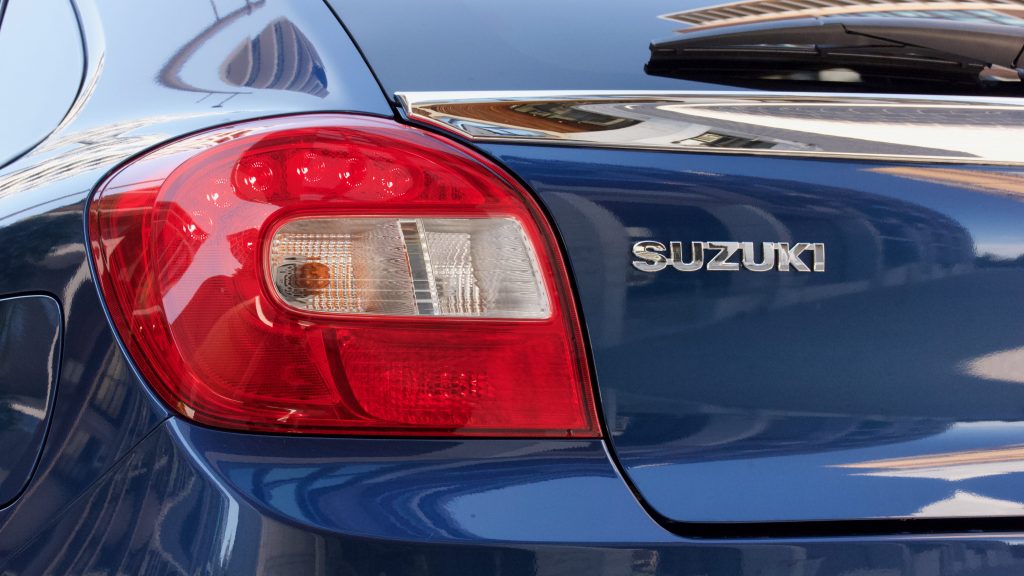
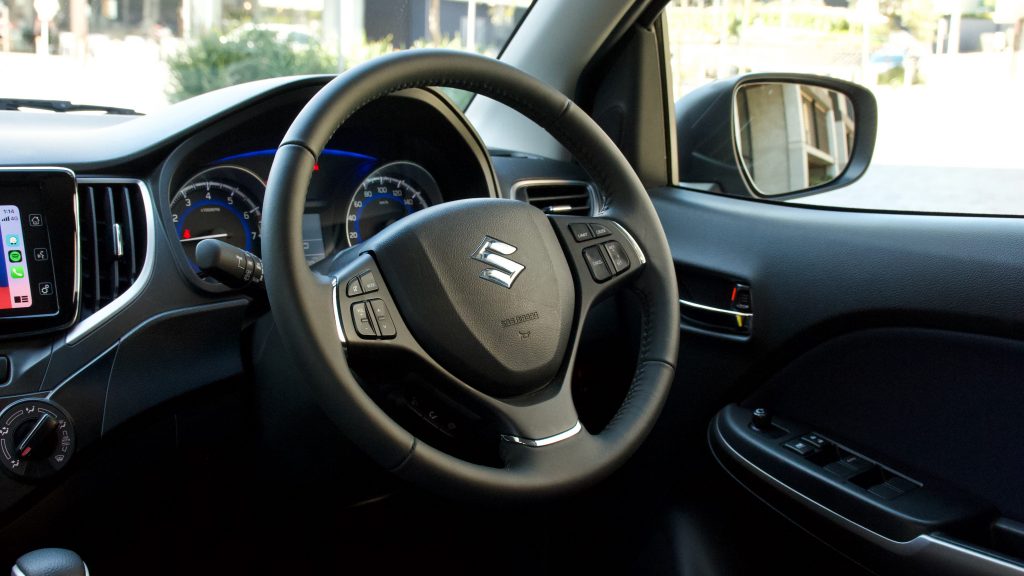
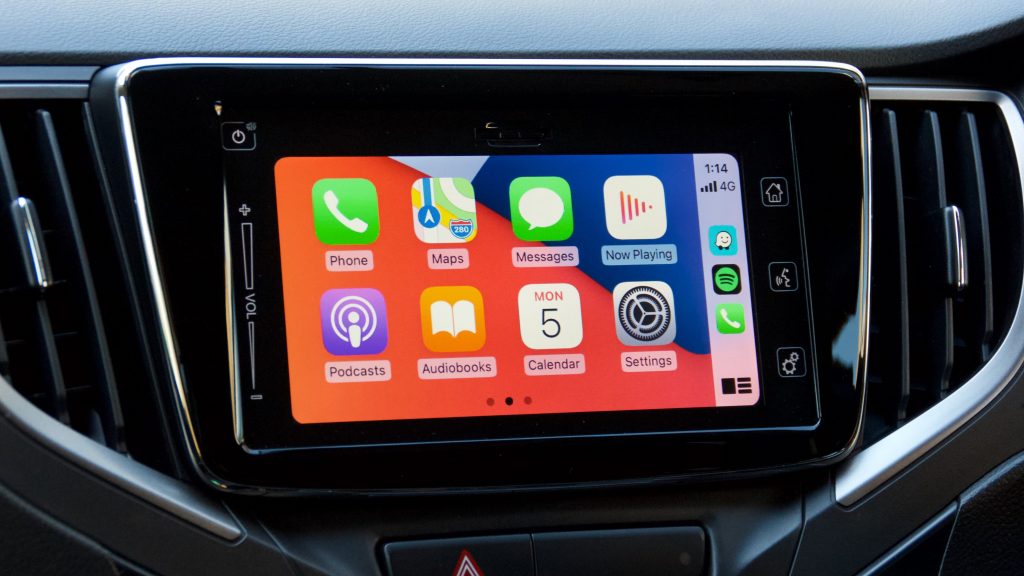
The upper spec $20,990 drive away GLX adds LED headlights, 16-inch alloy wheels, climate control, chrome exterior door handles, mirror-mounted exterior indicators, a telescopic steering wheel, rear disc brakes, keyless entry and start, a front centre armrest and a larger centre trip computer.
There are a range of dealer-fit accessories available for the Baleno, though the only option is $595 metallic paint: our test car was painted in ‘Stargaze Blue’, though ‘Premium Silver’ and ‘Granite Grey’ are also available. ‘Pure White’ and ‘Fire Red’ are standard no-cost colours.
In terms of safety equipment, the Baleno range is equipped with six airbags, anti-lock brakes, stability control, a reversing camera and rear parking sensors but unfortunately, active safety kit such as auto emergency braking (AEB) is unavailable – disappointing considering the Baleno sold in Europe was equipped with AEB.
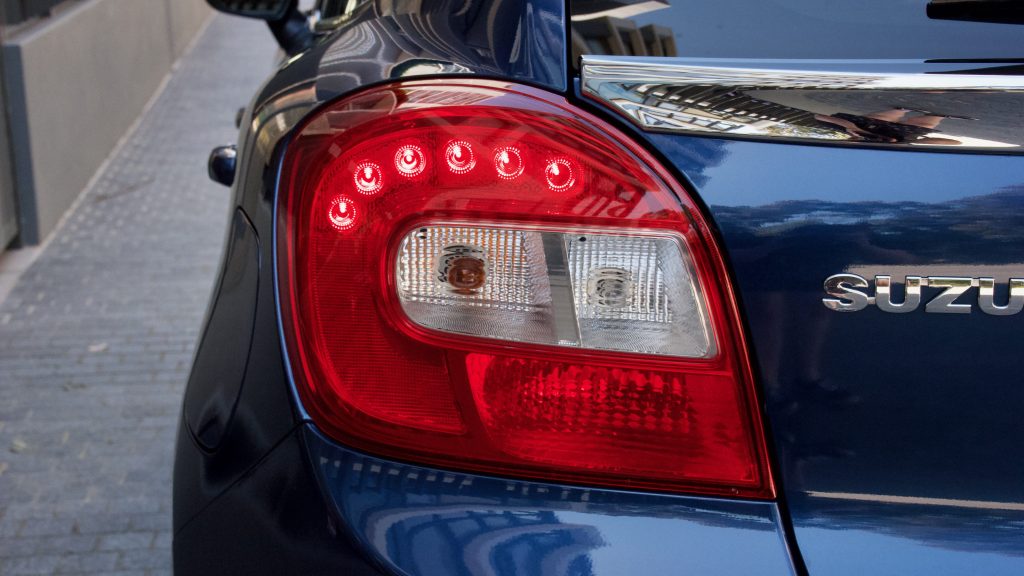
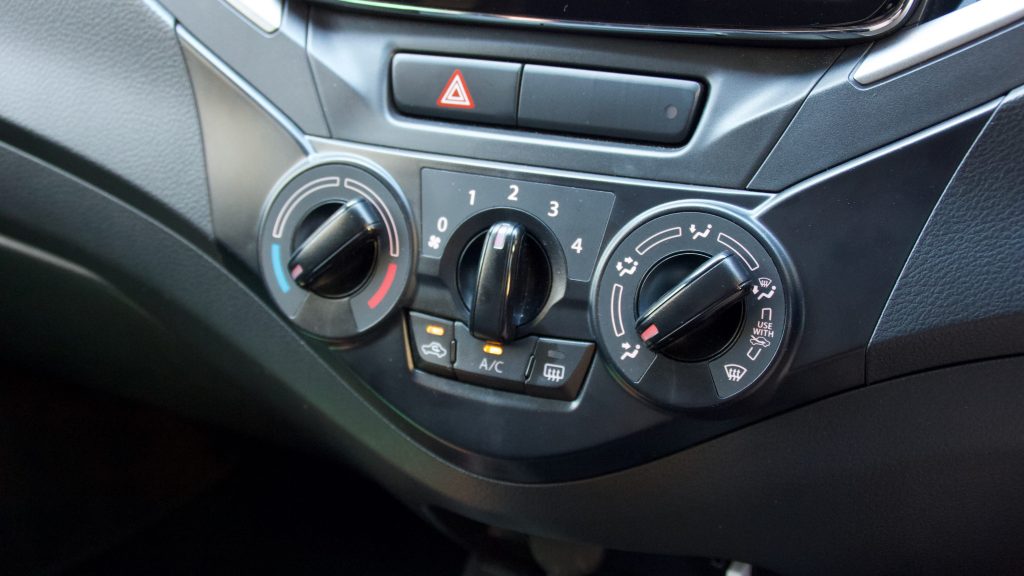
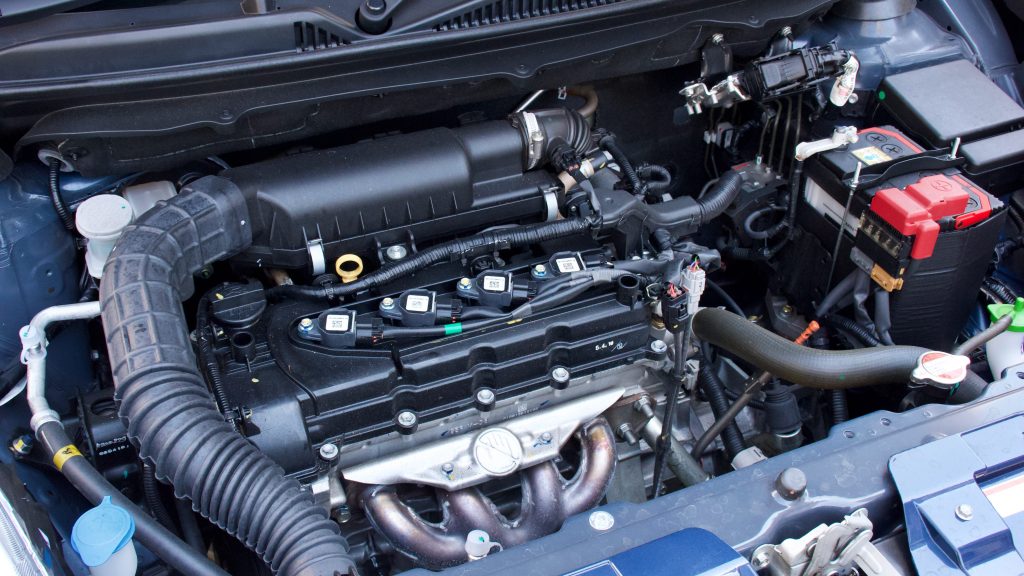
Compared with the Kia Picanto S, our favourite light hatch, the Baleno shares most of its equipment, though the Picanto is $500 less to purchase, and crucially comes with wireless smartphone mirroring, AEB and a longer seven-year/unlimited km warranty.
Performance & Fuel Economy: 7/10
Whereas the Baleno used to be available with the Swift’s 82kW 1.0-litre turbo engine, both the GL and GLX now come with a sole engine: a 68kW/130Nm 1.4-litre four-cylinder petrol engine. In the GL, you have a choice between a five-speed manual or four-speed auto – the latter is unfortunately standard on the GLX.
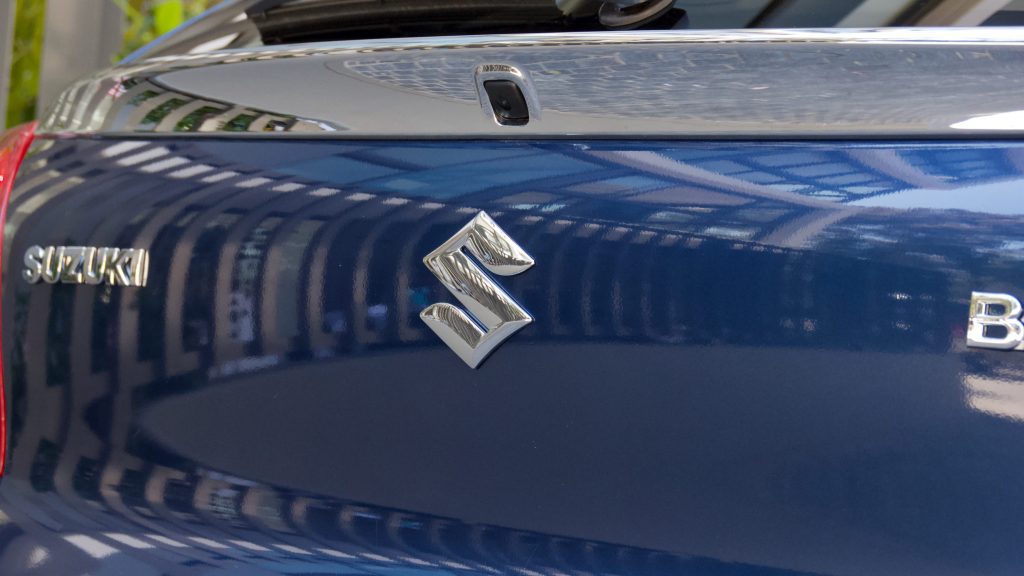
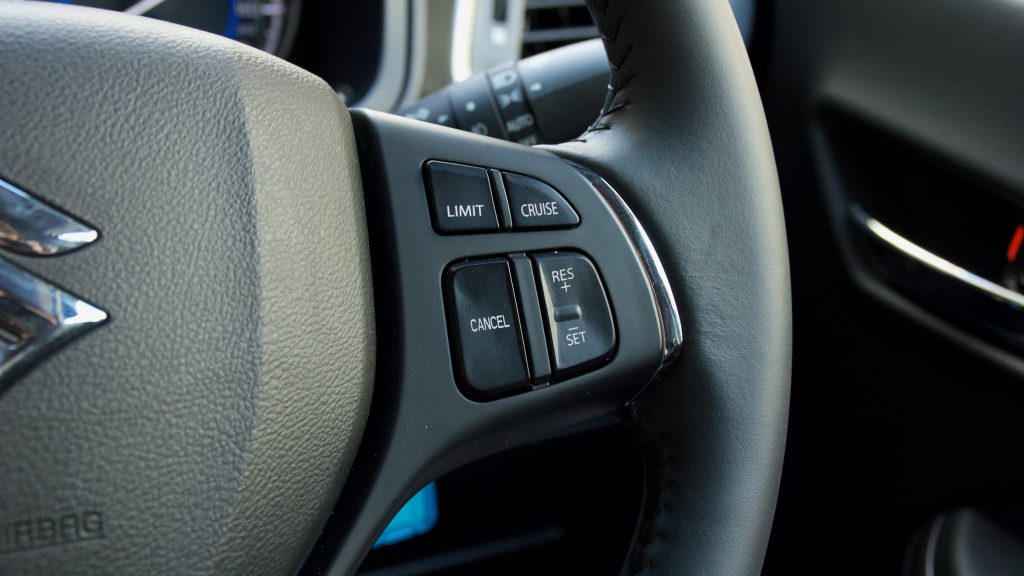
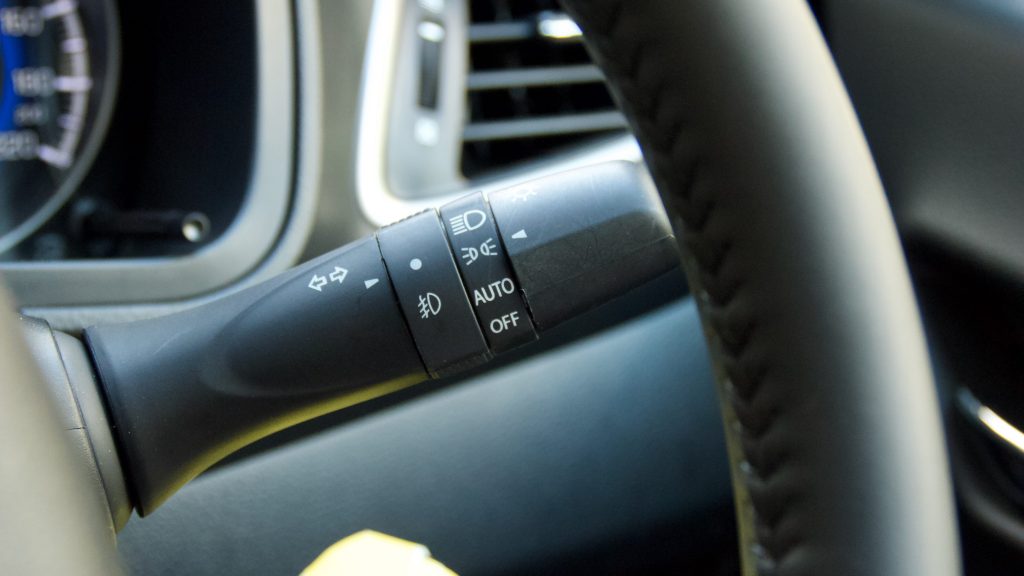
As the figures may suggest, the engine is no firecracker – especially when paired with the lacklustre four-speed auto, which suffers from a lot of transmission whine. I’m not a huge fan of CVT transmissions but one would benefit the Baleno as its performance and highway drivability would improve – currently it sits at around 2,500rpm at 100km/h, which is just too high. The engine itself is somewhat characterful though, and revs nicely – it’s also not harsh or invasive like some other engines for the price.
It’s also efficient thanks likely to its 915kg kerb weight – Suzuki claims 5.4L/100km on a combined cycle and we got 6.2L/100km in solely urban driving. This lack of weight also helps performance with a 0-100km/h sprint time of around 11 seconds – not fast, yes, but quicker than you’d expect.
Ride & Handling: 6/10
The lightness of the Baleno also helps its ride as it’s quite comfortable around town. The light steering is perfect for urban use – though a lack of reach adjustment is very annoying – and the skinny tyres and soft suspension deals quite well with crappy Australian roads – considering it was developed for India’s roads, this is no shock.
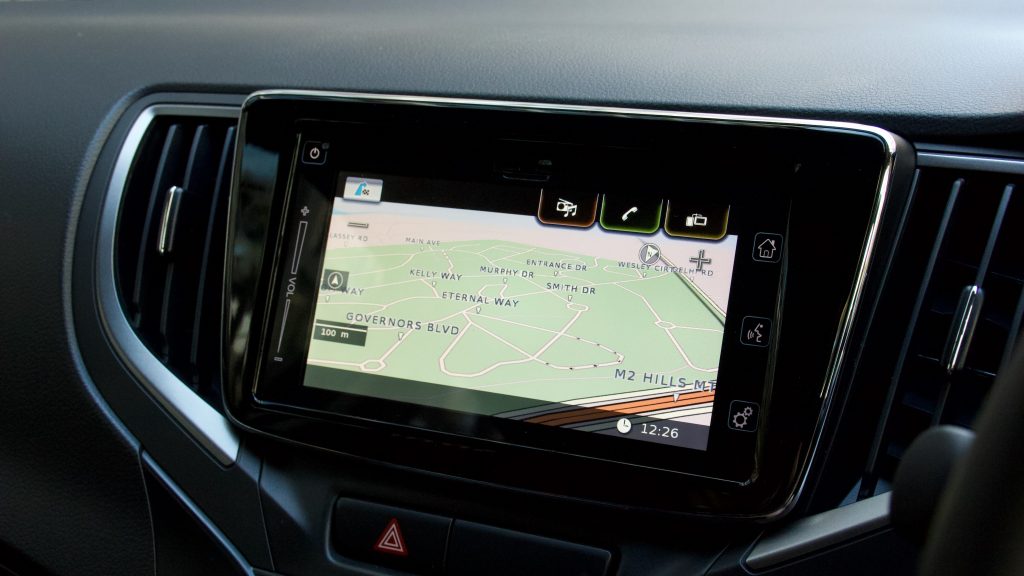
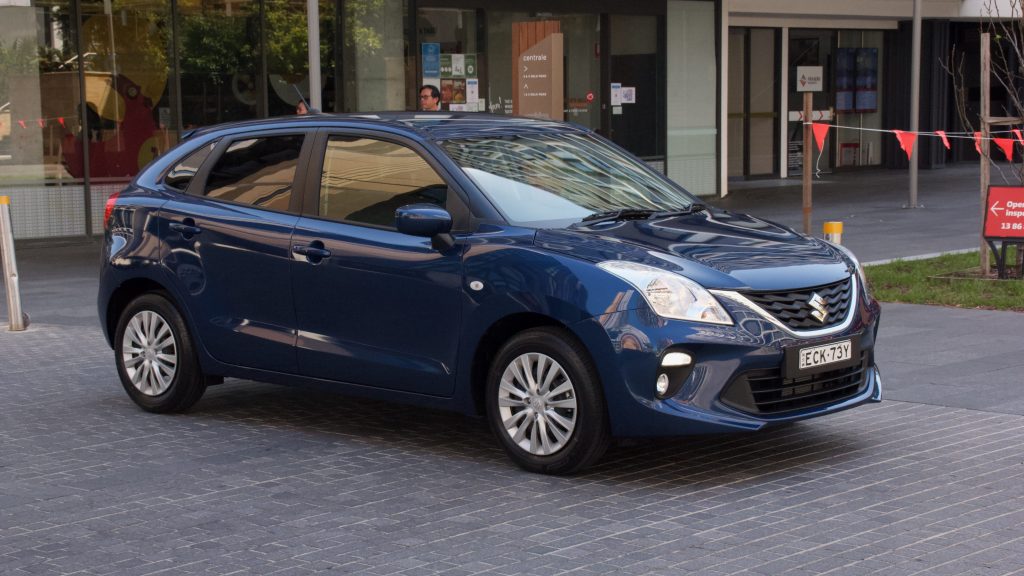
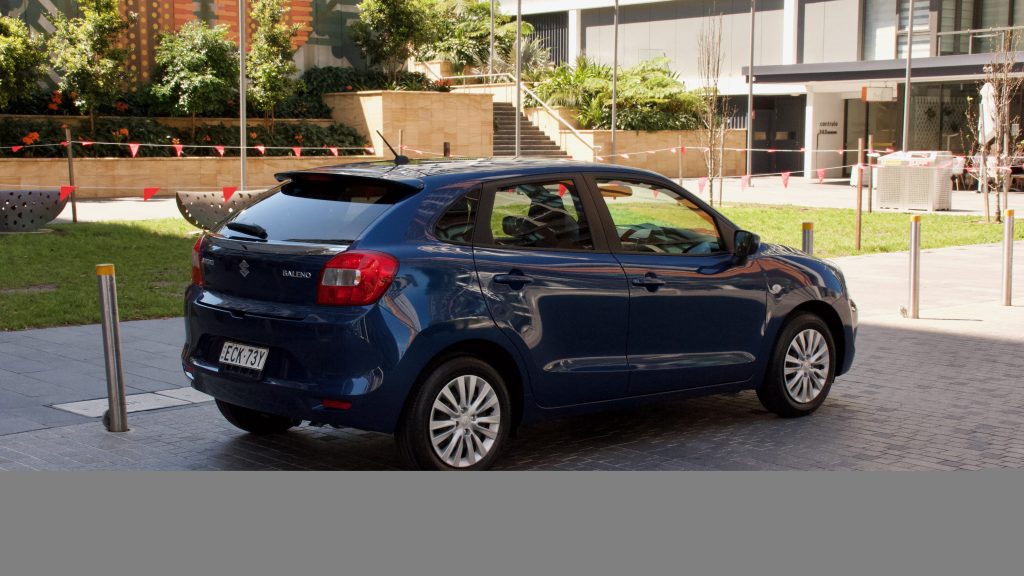
The flat seats and relatively high ride height do hamper spirited driving as you get thrown about in your seat, but the steering is communicative, and the chassis is somewhat engaging – the Picanto is much more engaging though. The Baleno’s body roll makes itself known pretty early on, thanks to the soft suspension, its road noise levels are high, and rear ¾ visibility is not great – luckily, it’s got helpfully-sized mirrors.
The Baleno GL doesn’t feature rear disc brakes though and while this is the same with a lot of other competitors, it is hard to excuse – the GLX does, however. The drum rear brakes increase the stopping time, and you can also feel them grabbing on and off.
Interior & Practicality: 7/10
The Baleno’s cabin is key to its core values: it’s relatively frill-free, though quite spacious. The swoopy dash design is the sole design risk inside the Baleno as it’s otherwise a pretty basic place to spend time. The buttons and switchgear are of good quality however, and the leather steering wheel (on a base model! Take note Toyota Australia) is nice to hold. The dashboard and door plastics are all hard to touch and shiny, though feel built to last – at least there’s cloth trim on the doors to break up the sea of dark materials.
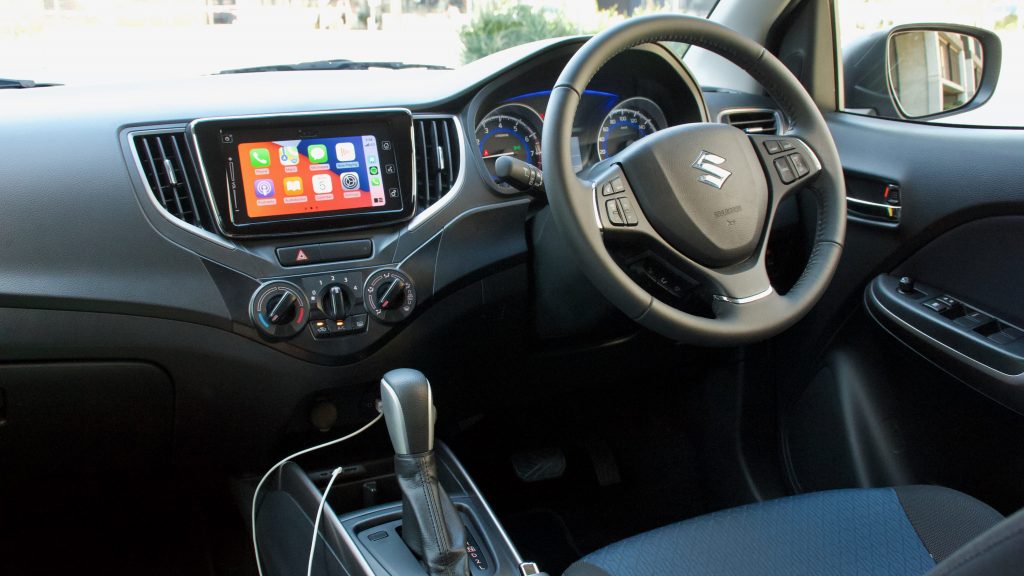
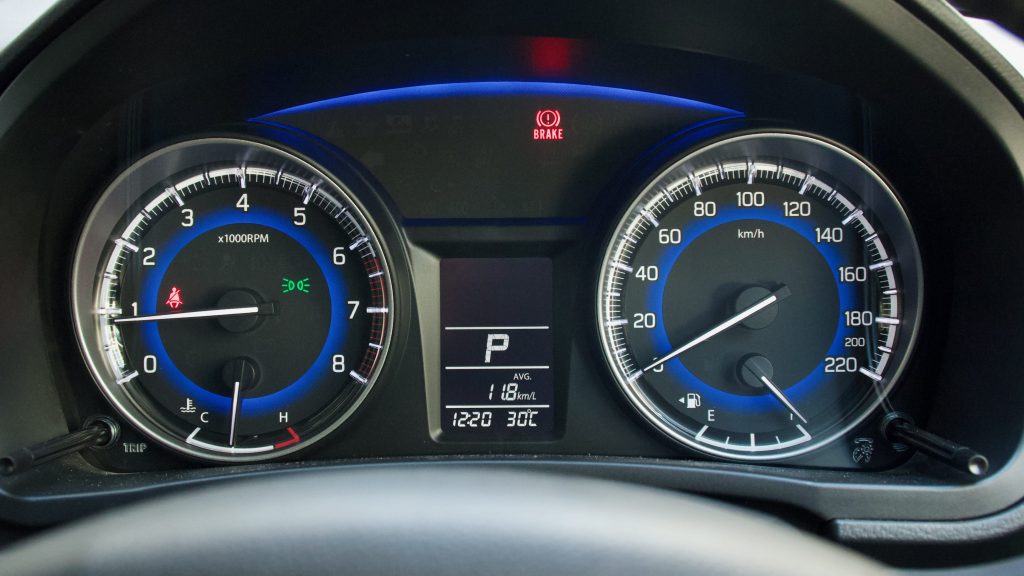
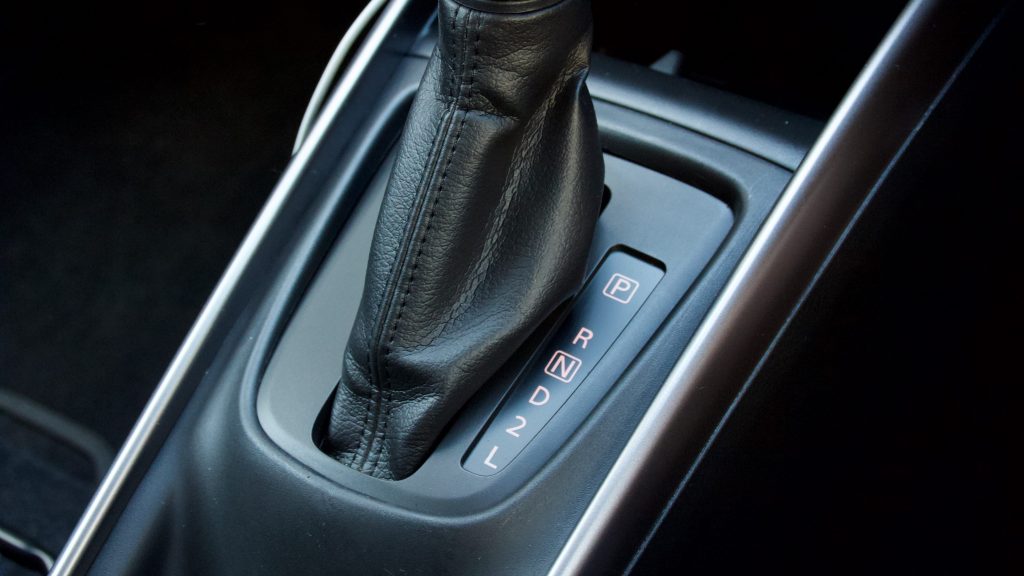
Centre of the Baleno’s cabin is a 7.0-inch touchscreen which is used in pretty much every other new Suzuki in Australia. It is feature packed with Apple CarPlay, Android Auto, inbuilt navigation and a reversing camera, and is very easy to operate. The standard six-speaker sound system is fine for the segment, though the lack of a volume knob is annoying.
One big annoyance in the Baleno’s cabin is that the steering wheel doesn’t adjust for reach – one must step up to the Baleno GLX for that. And there’s also precious little storage for your everyday trinkets – there are relatively big door pockets, the glovebox, two small cupholders and a tray ahead of the gearknob, but that’s it – there’s no centre arm rest (again, the GLX has it), no wireless phone charger and no other clever storage solutions.
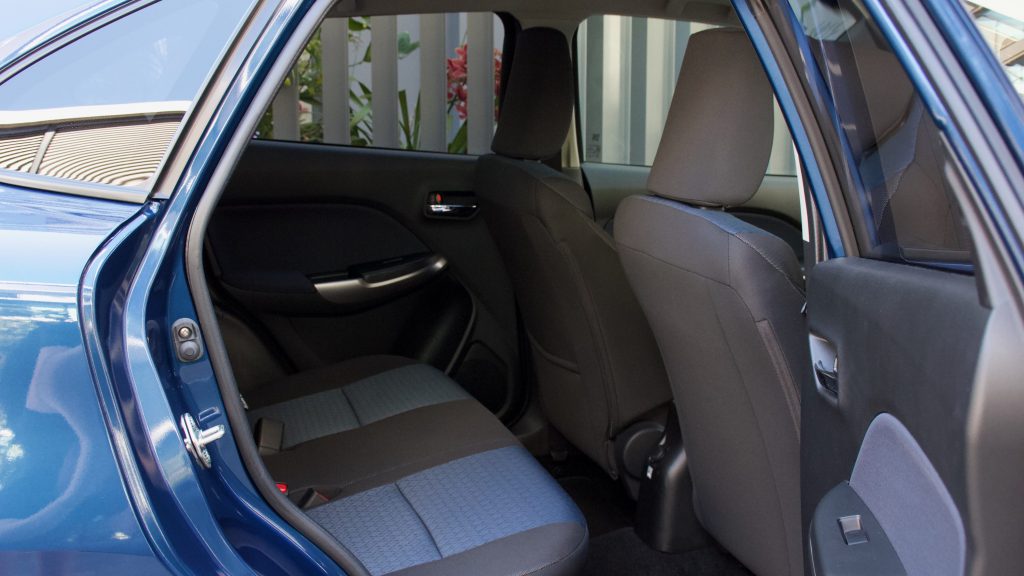
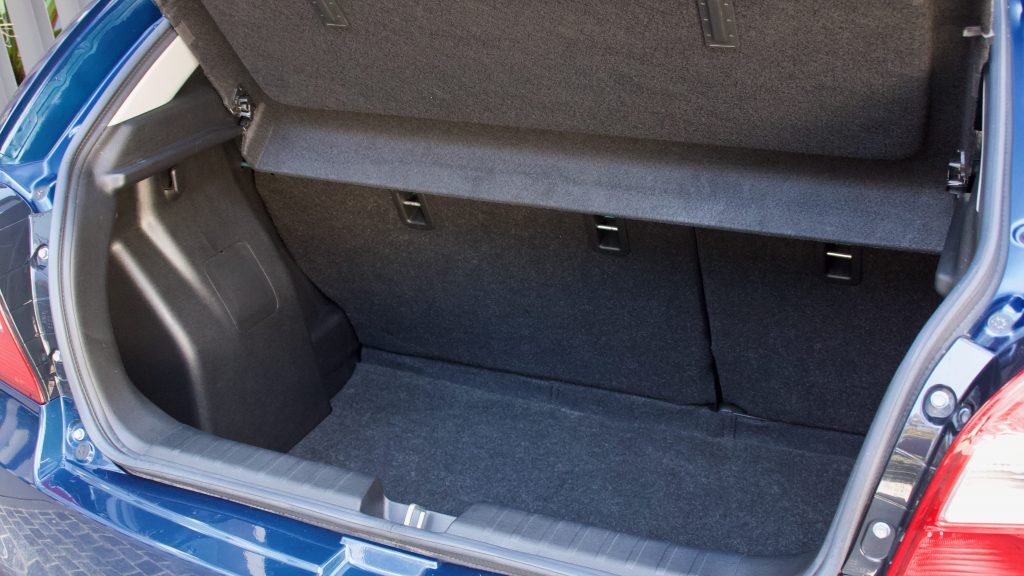
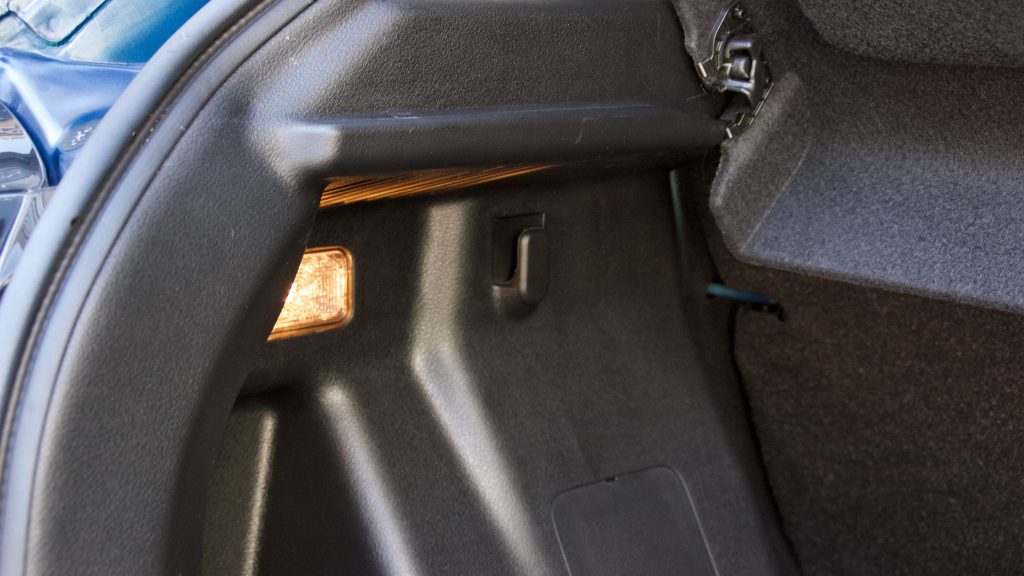
The Baleno’s cabin is spacious however – my six-foot frame was totally fine sitting behind myself, and that’s not something I can say about most light cars. There are cupholders in the doors and a rear 12V charging socket, though that’s it – no vents or an arm rest feature.
Even the 355-litre boot is big – a Picanto offers up 100L less and even a VW Polo (which was otherwise the biggest in the segment) only manages 351L. It’s got a huge loading lip and a tiny space saver spare wheel, but it does feature a few hooks to hang shopping bags off.
Service & Warranty: 8/10
Like all other new Suzuki products in Australia, the Baleno comes with a five-year/unlimited km warranty and its intervals are once yearly or every 15,000km, whichever comes first. Over five years/75,000km, the Baleno costs $1,635 or an average of $327 per year.
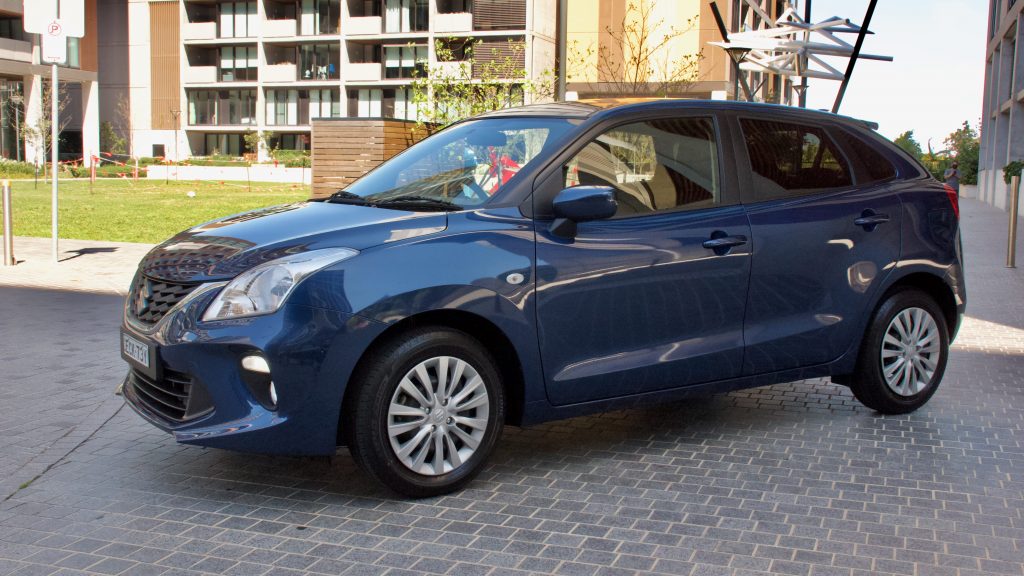
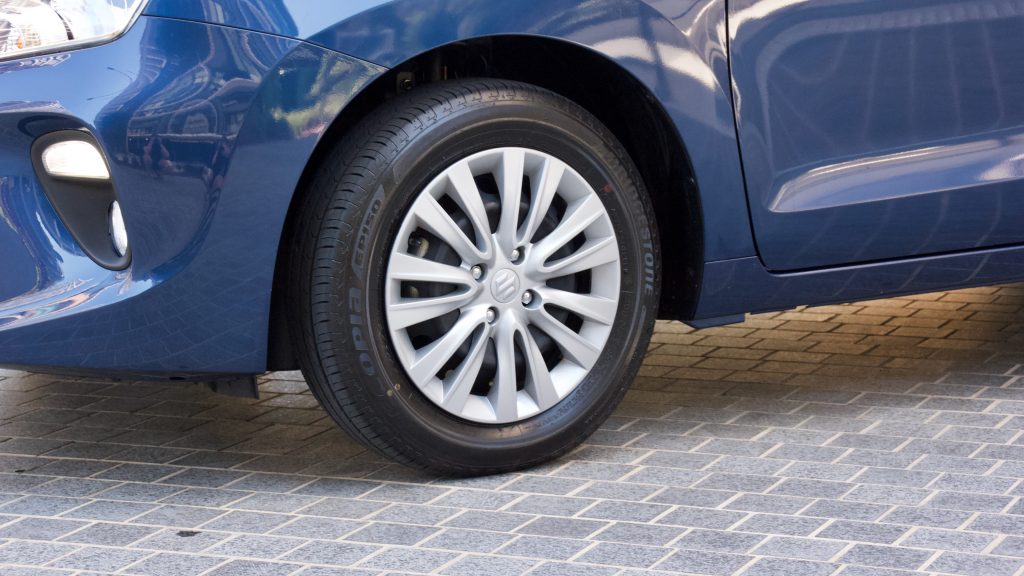
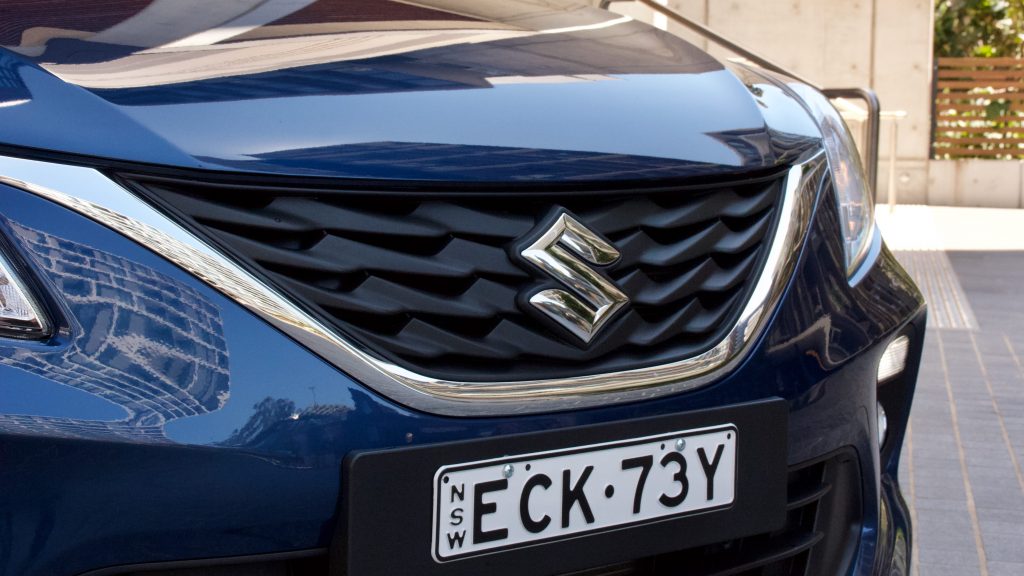
This compares well to the Kia Picanto, which offers the same 15,000km intervals though costs $1,839 over the same period ($367 per service). If you buy a new Jimny or Vitara, you get five years of roadside assistance, though Baleno buyers get none, which is disappointing.
The DiscoverAuto 2020 Suzuki Baleno GL Rating: 7.0/10
Although it’s hardly exciting to drive, nor particularly sophisticated or characterful, the 2020 Suzuki Baleno GL offers up excellent space and a relatively long equipment list for not much money. Although its $16,990 drive away starting price is $1,500 more than when it was initially released in Australia, the Baleno GL has stayed affordable – which is unique in itself.
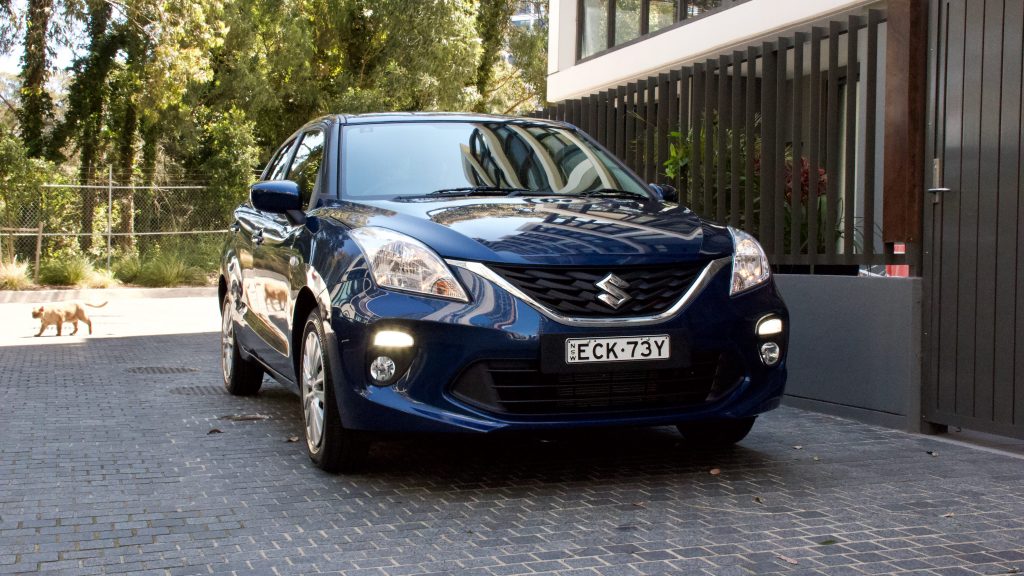

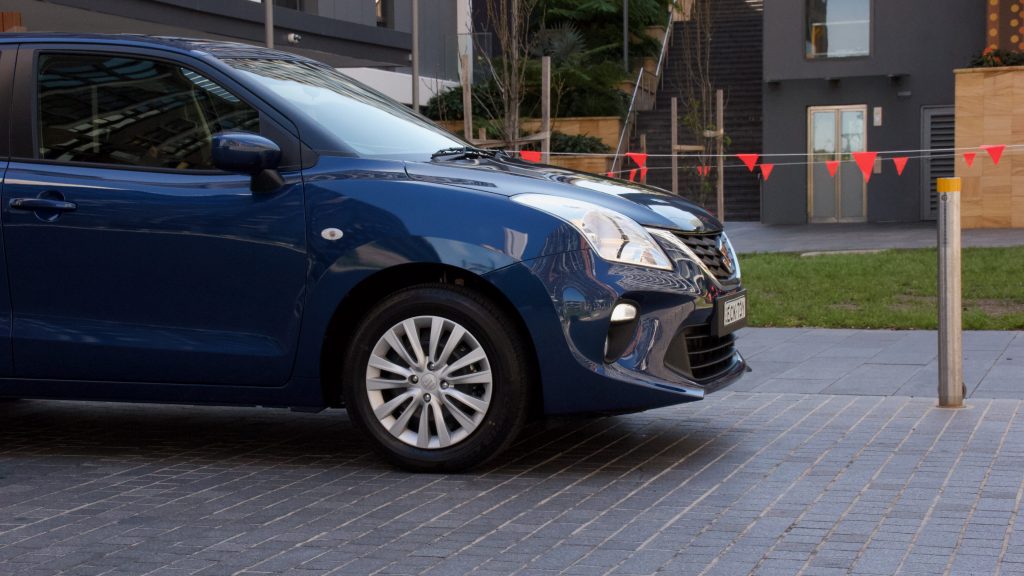
We hope that autonomous emergency braking gets added to the standard equipment list soon, as it’s one feature the Baleno should offer, but regardless, it offers frill-free motoring for those chasing space, value and no doubt reliability.
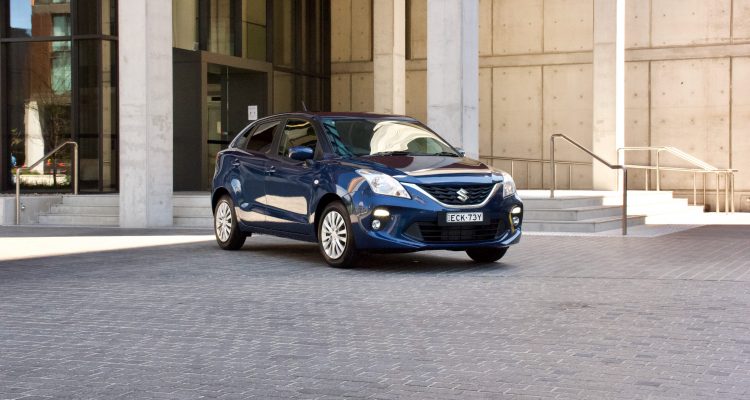
Leave a Reply